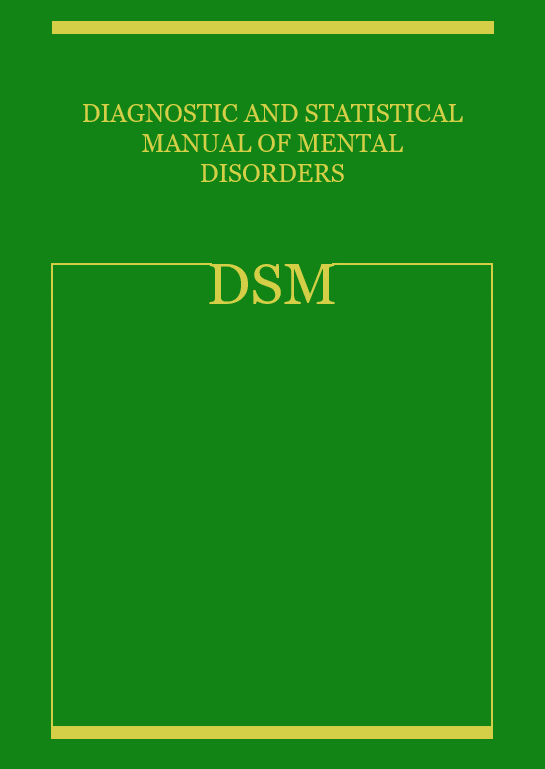by Professor Warren Mansell, Curtin University, and Professor Sara Tai, University of Manchester
The transdiagnostic approach to mental health is the proposal that there are common factors or processes that are shared across diagnoses, and that understanding them and researching them will lead to significant advances in how we treat problems that negatively affect mental health, and help reduce psychological distress.
A full history of the transdiagnostic approach in the context of psychiatric classification is provided by Dalgleish et al. (2020). Potentially a good place to start is to recognise that the diagnostic system of mental health issues and the transdiagnostic system developed in parallel to one another.

The first major text on the psychiatric classification system was Kraepelin’s 1883 Compendium der Psychiatrie, and yet the first fully detailed, multi-axial, non-theoretical system like that used today was not published until 1980 in the form of the DSM-III.
During this 100 years, the three principles pillars of psychological therapy were developed to explain and treat mental health issue, and these were essentially the same regardless of the specific diagnosis of the client: Sigmund Freud’s psychoanalysis, Carl Rogers’ person-centred psychology, and Albert Ellis’s rational therapy – a precursor to Beck’s cognitive therapy.
Furthermore, the DSM-III had been published for merely a decade before a series of influential reviews began to propose that the psychological mechanisms maintaining distress were the same across diagnoses:
- Ingram’s (1990) review of self-focused attention,
- Wells and Matthews’ (1993) review and model of metacognitive processes, and
- Hayes and colleagues (1996) review of experiential avoidance

Despite this early heritage of the transdiagnostic approach, the term ‘transdiagnostic’ was used comparatively rarely until this century. It seems to have been used first to describe a mental health treatment in the context of Chris Fairburn and colleagues’ (2003) cognitive behavioural therapy (CBT) of eating disorders. Fairburn and colleagues used the term in a rather narrow way – to explain how their form of CBT could be used to help people with any eating disorder diagnosis – including bulimia nervosa and anorexia nervosa.

In 2004, the seeds of the transdiagnostic approach began to germinate. Allison Harvey led a team of clinical researchers in the UK – Roz Shafran, Ed Watkins and Warren Mansell – in a review that aimed to establish the empirical basis for the transdiagnostic approach. In a similar way to how Charles Darwin used the Linnaean classification system of living organisms to identify principles that were shared across species (Mansell, Carey, & Tai, 2005), Harvey et al. used studies of people with classified disorders to show that psychological processes maintaining distress are shared across diagnoses.
In the same year, the first evaluation of a ‘transdiagnostic’ group intervention was published by Peter Norton and colleagues, and shortly after, the Unified Protocol for Emotional Disorders was published by David Barlow and colleagues.

Copyright: Brittany Woods – Own work, CC BY-SA 4.0)
Since 2004, the science of the transdiagnostic approach has burgeoned. Prior to 2004, less than 200 studies had mentioned the term, and yet now there are over 5,000 studies per year referring to the approach. There are teams across the world, across a wide variety of disciplines who contribute to the transdiagnostic approach to mental health, and several systematic reviews and meta-analyses have been published (e.g. Newby et al., 2015; Reinholt & Krogh, 2014). Interestingly, their conclusions consistently indicate that transdiagnostic therapies are no less effective than disorder-based therapies, although the methodologies of the studies reviewed vary widely in terms of rigour. The debate tends to surround whether this equivalence in outcomes implies that no changes are therefore required to deviate from the established diagnosis-based approach (Fusar-Poli et al., 2019), or whether they should be interpreted positively owing to the many efficiencies in training, diagnosis and assessment that are saved from taking a transdiagnostic approach (Mansell, 2019).

As Einstein is claimed to have said,
“Everything should be made as simple as possible, but no simpler.”
– Albert Einstein
The list of factors – social, psychological, neural and biological – found to be transdiagnostic is now considerable, leading to a wide range of assessments, interventions and theoretical interpretations.

This Post Has 0 Comments